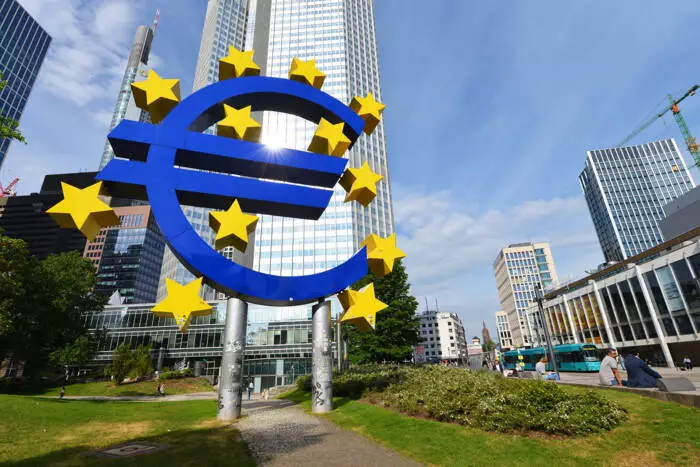As the European Central Bank (ECB) prepares for what many speculate to be its third interest rate cut of the year, the implications extend far beyond mere financial figures for bankers and economists. These cuts represent a strategic maneuver within the broader context of monetary policy, aiming to address persistent economic challenges faced by the eurozone. With each reduction, particularly a widely anticipated 25 basis point drop, a ripple effect in various markets can be expected. The euro may depreciate as a direct result, making European exports more competitive but also increasing the costs of imports.
This delicate balancing act presents a unique challenge for investors. While a reduction could boost bond prices as yields drop, leading to a potential rally in those markets, the overarching question remains: what future trajectory will the ECB adopt? The key lies in discerning not just the magnitude of these movements but also the ECB’s forward guidance, which serves as an indicator of monetary policy shifts down the line.
The health of the eurozone, akin to a medical assessment of a patient, hinges on the ECB’s forthcoming statements. Investors and stakeholders will scrutinize any hints regarding economic growth projections, especially considering Germany’s tepid performance, historically the engine of Europe’s economy. A downgrade in growth forecasts could send ripples through various sectors. Industries such as automotive manufacturing or high-tech will particularly feel the repercussions as consumer demand potentially contracts under pessimistic economic outlooks.
Conversely, any optimistic signals from the ECB could reinvigorate European markets, fostering confidence that encourages investments across a spectrum of sectors. The looming question is whether current economic indicators, including the recent drop in inflation below the ECB’s 2% target, signify a need for aggressive monetary easing or a more tempered approach that focuses on stability.
The reduction in inflation levels could prompt the ECB to reconsider its policy stance, moving from a strict focus on inflation control towards initiatives that promote economic growth. This pivot, if it occurs, could mark the beginning of a new era in European monetary policy. Investors in sectors sensitive to consumer behavior, such as retail and services, will watch closely, as the implications of these decisions directly impact their strategies and expectations for consumer spending.
Navigating these changes will require a keen understanding of the delicate interplay between curbing inflation and promoting economic revitalization. As the ECB charts its path forward, the future of the eurozone economy remains at a crossroads. Each statement released will not only inform investors but could also mitigate or amplify market volatility. Ultimately, the unfolding narrative around the ECB’s policies will be vital to both the short-term and long-term investment landscapes within the eurozone. As such, staying informed and adaptable will be crucial for investors and businesses alike in this rapidly evolving economic environment.

